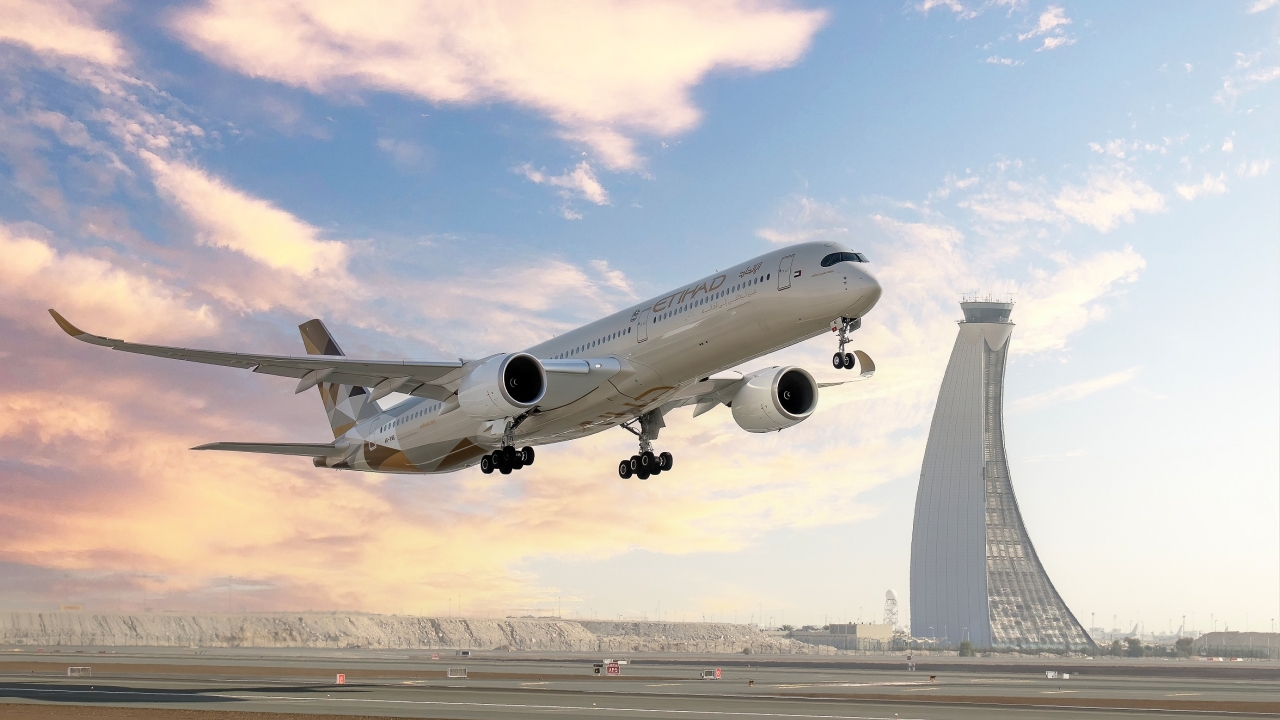Dubai 2015: Embraer forecasts a $10bn jet stream
The Middle East region will require some 220 new regional jets over the next 20 years, according to the latest market forecast from Embraer.

In the forecast, released at the Dubai Airshow yesterday, the Brazilian manufacturer said that the 70-130-seat market in the region would be valued at $10 billion over that period.
With Embraer forecasting that the global marketplace for the 70-130-passenger category is likely to amount to 6,350 new jets worth $300 billion over that period, the Middle East makes up a relatively small proportion of that.
Embraer acknowledged that, although the Middle East airliner market was the fastest-growing region in the world, with double-digit growth over the last 10 years, most of its growth came from long-haul flights.
However, it argued that the regional segment had significant importance to the region, feeding the major hubs and enabling carriers to access smaller markets. In 2015, 41% of the intra-Middle East flights departed with fewer than 120 passengers, it noted. These markets, it argued, could not be efficiently served by bigger jets, and were optimised for the E-Jets family, which had captured an 83% market share in the 70 to 130-seat segment.
Its E-Jet family currently includes four models, the E170, E175, E190 and E195. Since entering service in 2004, Embraer has received almost 1,700 firm orders for the family, with more than 1,100 delivered.
The second-generation of E-Jets, the E2, will have three members – the E175-E2, E190-E2, and E195-E2 with the E190-E2 expected to enter service in the first half of 2018. The E195-E2 is slated to join it in 2019 and the E175-E2 in 2020.
Embraer projects global market deliveries of 2,250 units in the 70 to 90-seat segment and 4,100 units in the 90 to 130-seat segment out to 2034.
“Today, we are the only manufacturer of under-130 seat aircraft with such an experience in the [Middle East] region,” said Paulo Cesar Silva, president and CEO, Embraer Commercial Aviation.
“Embraer has learned a great deal about the special characteristics of operations in this region. All this know-how has been very beneficial in designing the E2s, as well as to enhance our services.”
Stay up to date
Subscribe to the free Times Aerospace newsletter and receive the latest content every week. We'll never share your email address.

